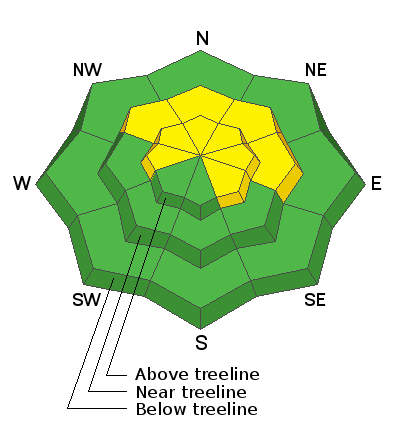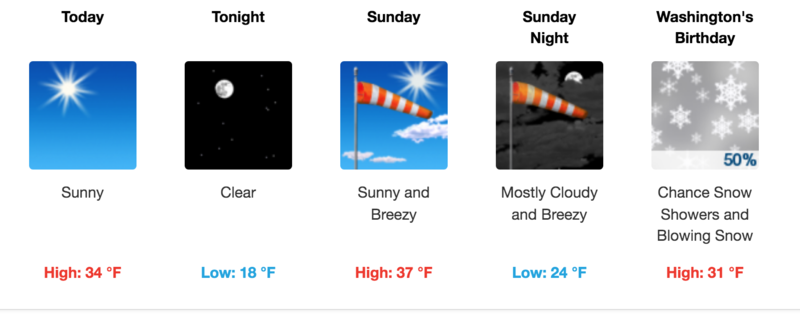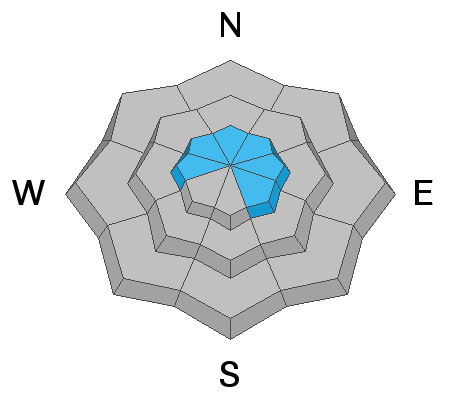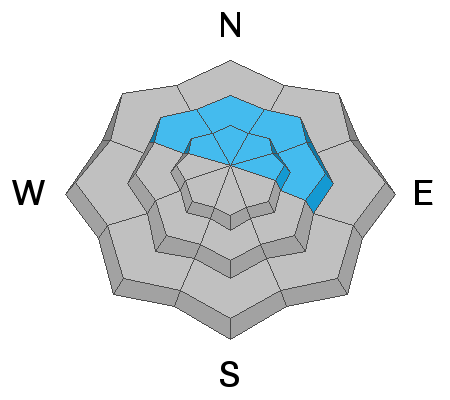Forecast for the Abajos Area Mountains

Issued by Eric Trenbeath on
Saturday morning, February 19, 2022
Saturday morning, February 19, 2022
An isolated, or MODERATE danger exists for small avalanches involving recent and wind drifted snow primarily on steep, northerly facing slopes at mid and upper elevations. Look for unstable, wind drifts on the leeward sides of terrain features such as ridge crests, sub ridges, and gully walls. Dry, loose snow avalanches will be possible on steep, northerly facing slopes where 8" or more of fresh, low density snow is sitting on top of weak, sugary, old snow. Otherwise, the avalanche danger is generally LOW
It's also still very low tide out there. Beware of rocks, stumps, and deadfall lurking beneath the surface.

Low
Moderate
Considerable
High
Extreme
Learn how to read the forecast here









